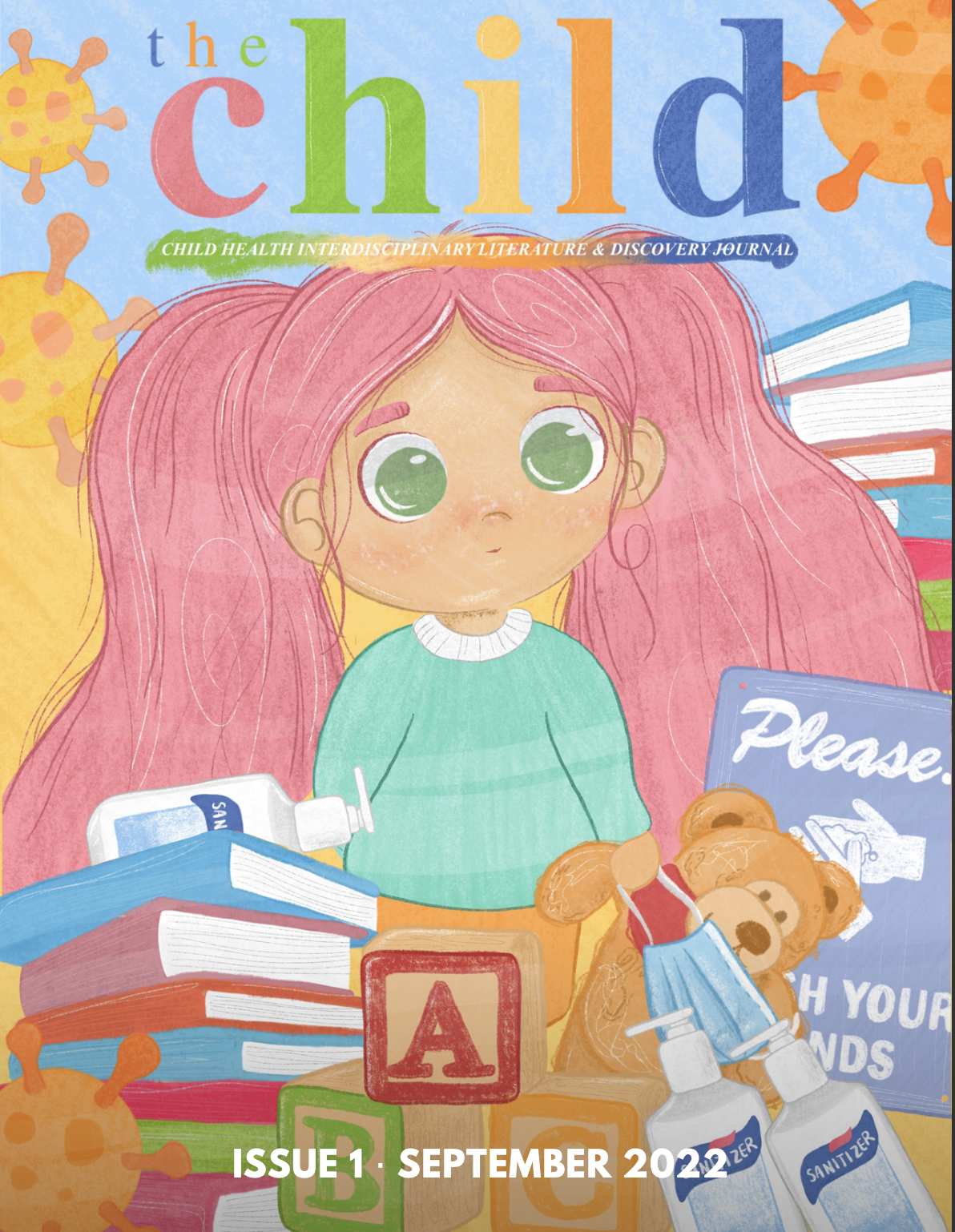Review: An Inquiry into Current Treatment and Management Strategies for Children with Learning Disabilities
DOI:
https://doi.org/10.15173/child.v1i1.3121Keywords:
Child health, Learning disabilities, LD, Treatment and managementAbstract
Currently, approximately four to six percent of all Canadian children and youth have a learning disability. Three well-explored categories of learning disabilities are dyslexia, dyscalculia, and dysgraphia. Learning disabilities can affect all aspects of a youth’s life and development, including social-emotional, cognitive, physical, and behavioural-moral domains. Options to treat and manage learning disabilities are currently divided into compensatory strategies and remedial treatments, including drilling and practice, task analysis, computer aids, faded support, and multisensory instruction. Different types of community-supports are also available to supplement treatment and management options. As a newly recognized field, research on learning disabilities has seen major developments within the last few decades, with significant changes during the COVID-19 pandemic. COVID-19 has impacted the health of children and youth with learning disabilities and changed the accessibility of education. However, despite the developments in the field, gaps and critiques persist in the research. This paper aims to review the current literature on treatments, community supports, and management strategies for learning disabilities in Canada and discuss the impacts of COVID-19. Reviewing existing data and gaps in the literature will help provide a holistic overview of the current state of the literature on learning disabilities in children and youth in Canada.

